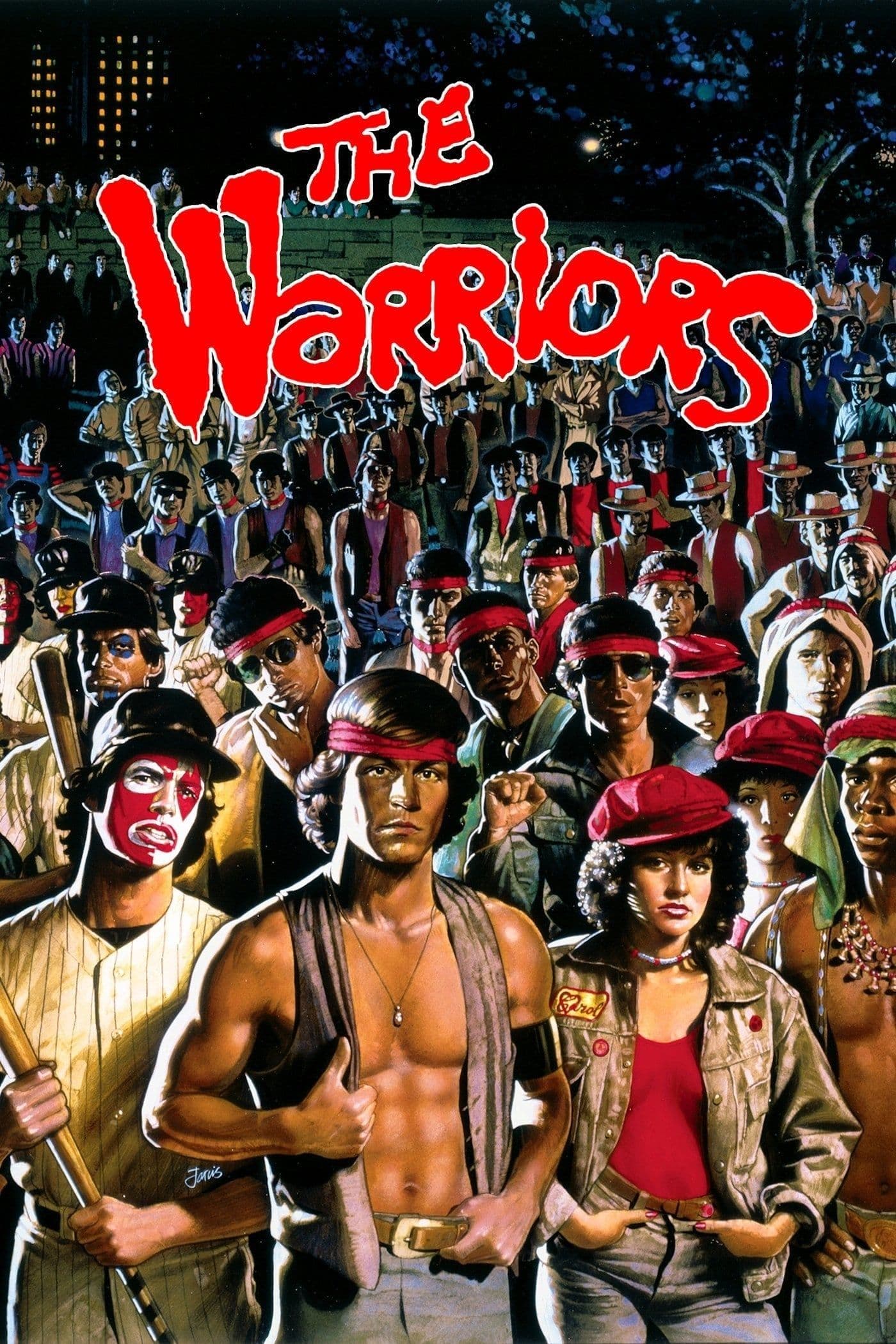
The Warriors
1979
Rate this movie
Average: 4.00 / 5
(1 votes)
Director
Walter Hill directs one of the first films about New York youth gangs with an emotional and pathos-laden approach. More than a simple street story, Hill conceives his work as a modern urban epic, a nocturnal odyssey in which the journey back home takes on the connotations of a mythological feat. His narrative minimalism, borrowed from the aesthetic of classic noir and the structural simplicity of westerns, finds its most brilliant expression here, painting archetypes rather than characters, and moving them in a ballet of stylized and almost ritualistic violence. "The Warriors" rises above the genre, becoming a reflection on tribal social organization in a context of metropolitan anarchy.
The narrated events are those of the Warriors, a Coney Island gang – not Rhode Island, a common mistake that diminishes its deep New York roots and the sense of an almost biblical "return home" from the most extreme and isolated point of New York – who travel to the gathering of all city gangs under a truce that prohibits any kind of violent action. This premise, a precarious armistice between hundreds of urban tribes with the most disparate names and aesthetics, creates an atmosphere of palpable tension from the outset, an unstable equilibrium destined to collapse under the weight of paranoia and revenge. It is a human geography that unfolds, where every neighborhood, every subway line, is a militarized border.
The meeting was organized by Cyrus, charismatic leader of the Gramercy Riffs, the largest and most respected gang, who intends to unify the gangs under a common cause, trying to make the young people who have come from all over New York understand how powerful a united army formed by all of them would be in the name of a single cause. His speech, a sort of messianic sermon held in a park lit only by distant streetlights and the faint glow of an incipient dawn, is a moment of rare intensity, a vision of a dystopian utopia where organized crime elevates itself to a political force, capable of dominating the city. But the leader of the Rogues, a cunning and perfidious character named Luther, kills Cyrus with a gunshot, placing the blame on the Warriors who were stationed nearby. Luther's subversive act is not just a murder, but the detonation of a fictitious order, the restoration of primordial chaos and a manhunt that extends throughout the entire city.
The order is thus given to capture the gang, effectively breaking the truce. Returning home for the warriors will become the longest journey and the most arduous undertaking of their lives, a nocturnal traverse of Manhattan and the Bronx that transforms into a waking nightmare, a postmodern labyrinth where every subway station, every dark alley, every bridge is guarded by lurking enemies, by figures that seem to have emerged from a pantheon of urban deities. It is an epic of survival, a test of loyalty and courage in which the group shrinks, re-forms, confronts its most hidden fears, a modern Greek myth embedded in the decay of the Big Apple in the late '70s.
The film is built upon this adrenaline-fueled escape and is shot with a tight and relentless pace. As the setting is entirely nocturnal, the atmosphere of metropolitan anguish is amplified by a masterful use of lighting that imbues the action with a sense of palpable tension. Cinematographer Andrew Laszlo transforms the streets of New York into an expressionist stage, where neon reflects on wet asphalt, shadows dance menacingly, and the vibrant colors of the gangs' uniforms emerge from the blackness of the night like totemic creatures. Every sequence is a moving painting, a fusion of graphic novel aesthetics and raw realism, supported by a soundtrack that pulsates to the relentless rhythm of the metropolis and by a sound design that renders the city a pulsing and hostile organism, a symphony of mechanical noises and human screams.
Notable for some memorable scenes like the clash with the Baseball Furies gang, with painted faces and baseball player uniforms, complete with regulation bats for head-splitting. But the Furies are just one piece of an extraordinary visual mosaic that populates this dystopian New York: from the Lizzies, deceptive and ferocious femme fatales, to the massive and menacing Turnbull A.C.'s, and the Punks on rollerblades, every gang is a tribe with its own distinctive iconography, a symbolic universe unto itself that transforms street violence into a kind of macabre performance art. Their uniforms are not mere clothes, but armor, distinctive signs of belonging and threat, making the film not only an explosion of action, but also a fascinating commentary on the creation of identities and subcultures in a context of social disintegration and loss of authority.
Over the years, it has achieved cult status and is still revered by legions of filmmakers. Its resonance has gone far beyond movie theaters, indelibly influencing popular culture, from video games (the Rockstar Games adaptation is a classic in its own right, succeeding in capturing its essence) to music videos, from urban fashion to TV series that have drawn heavily from its dystopian yet profoundly cool imagery. The controversy that accompanied its release, linked to incidents of real violence in some theaters, only cemented its status as a provocative and necessary work, a raw and stylized allegory of the urban jungle, a contemporary myth that continues to pulsate with the same wild energy as then, a parable on survival in the modern era.
Country
Gallery
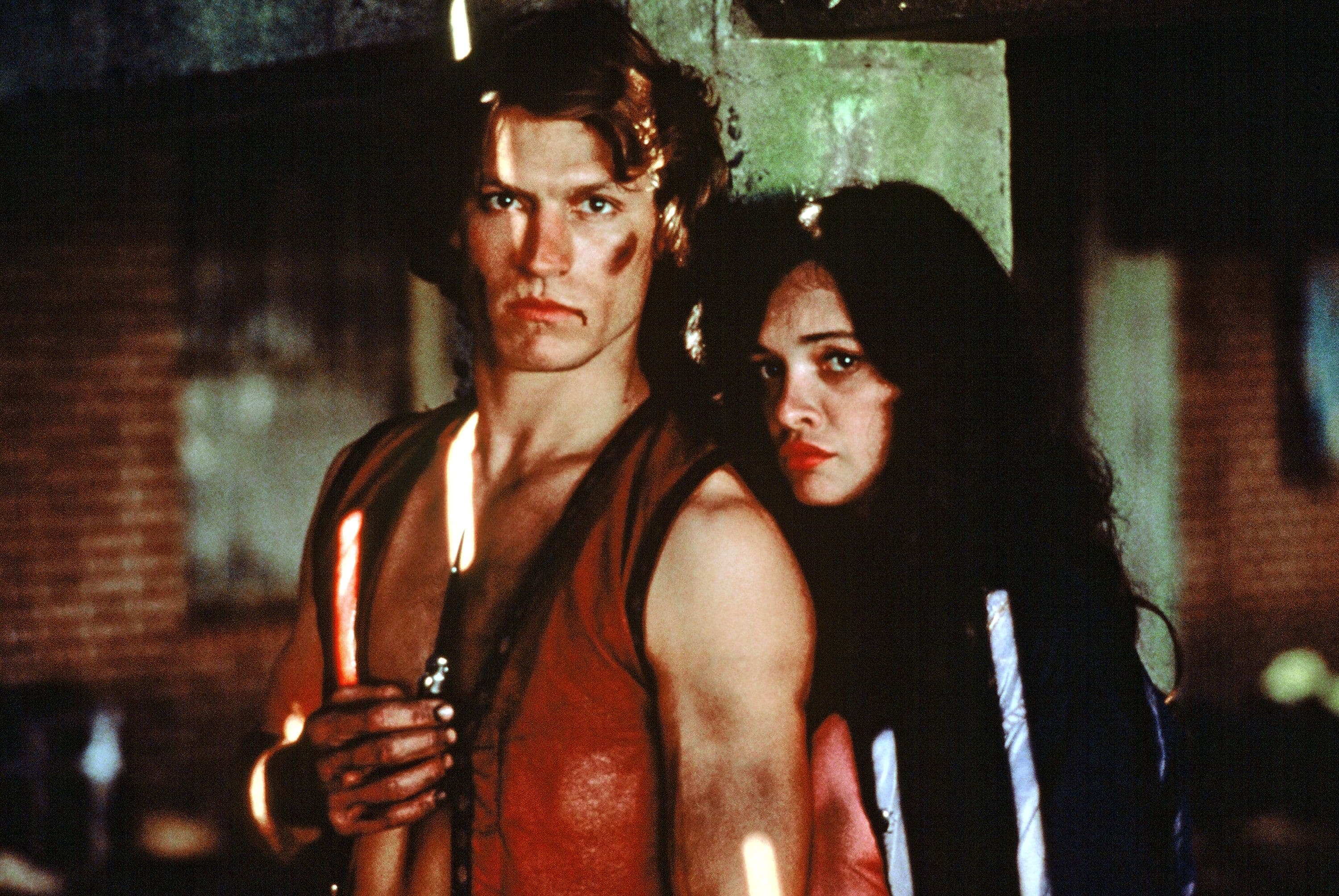
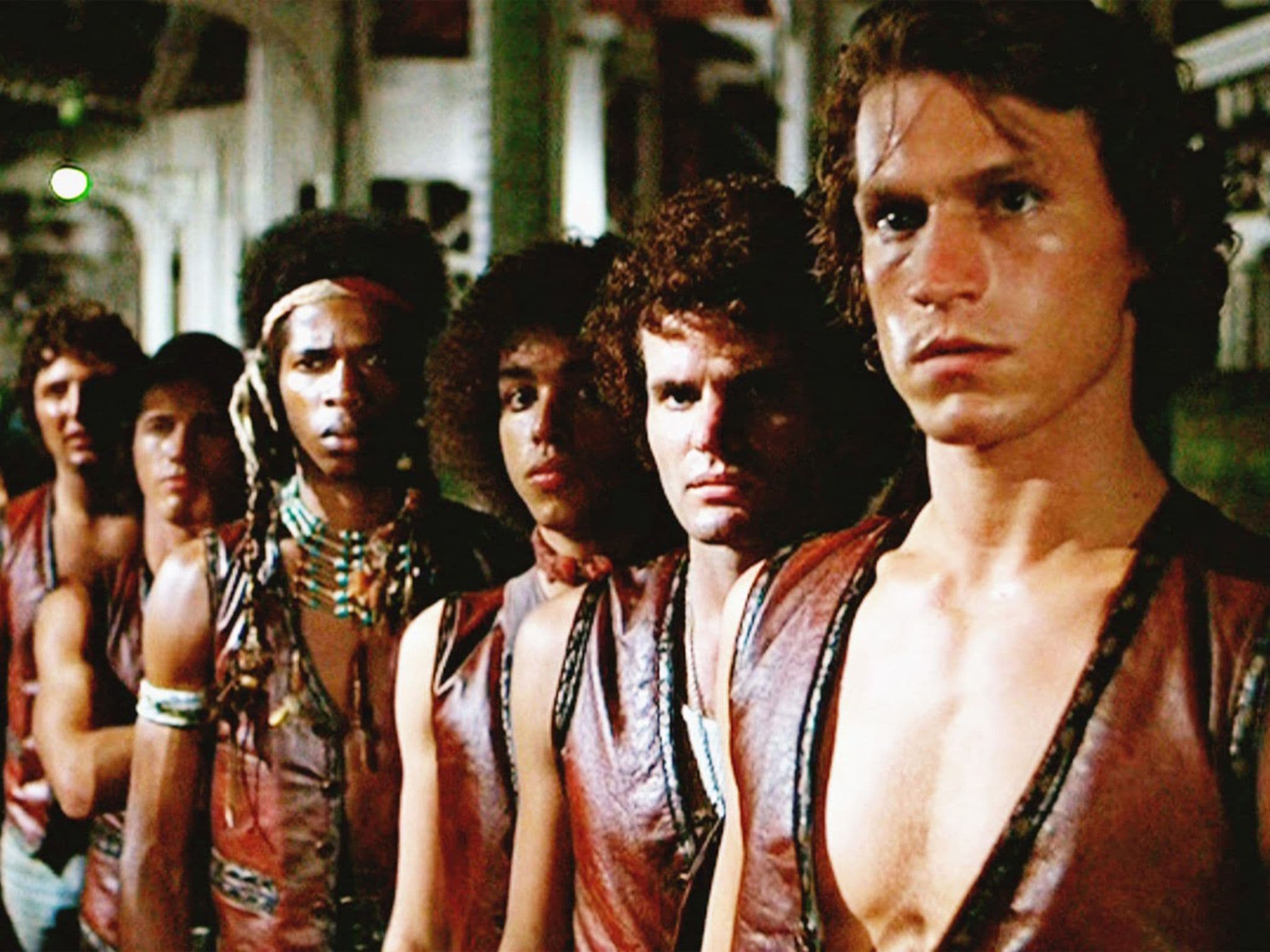
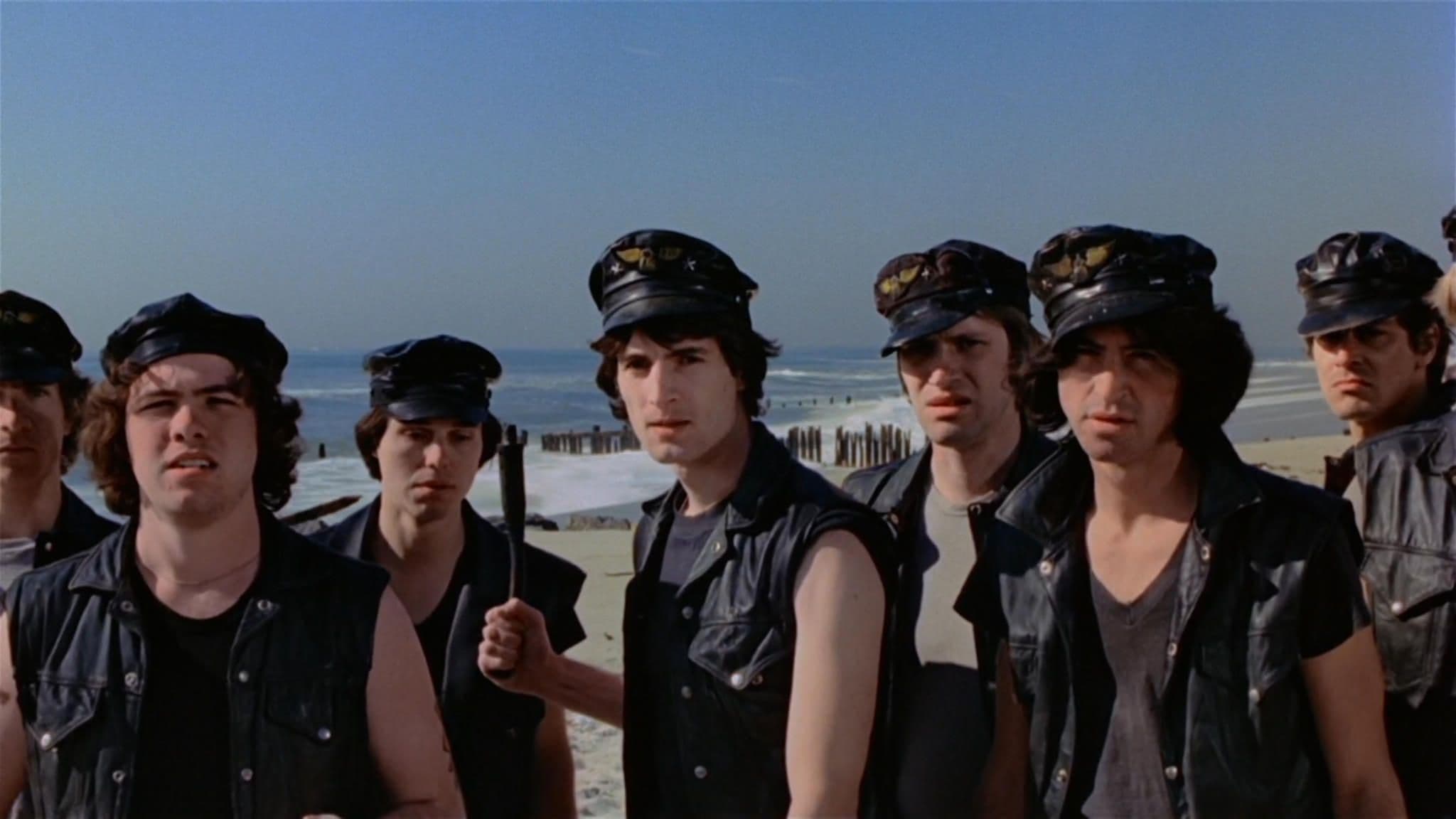
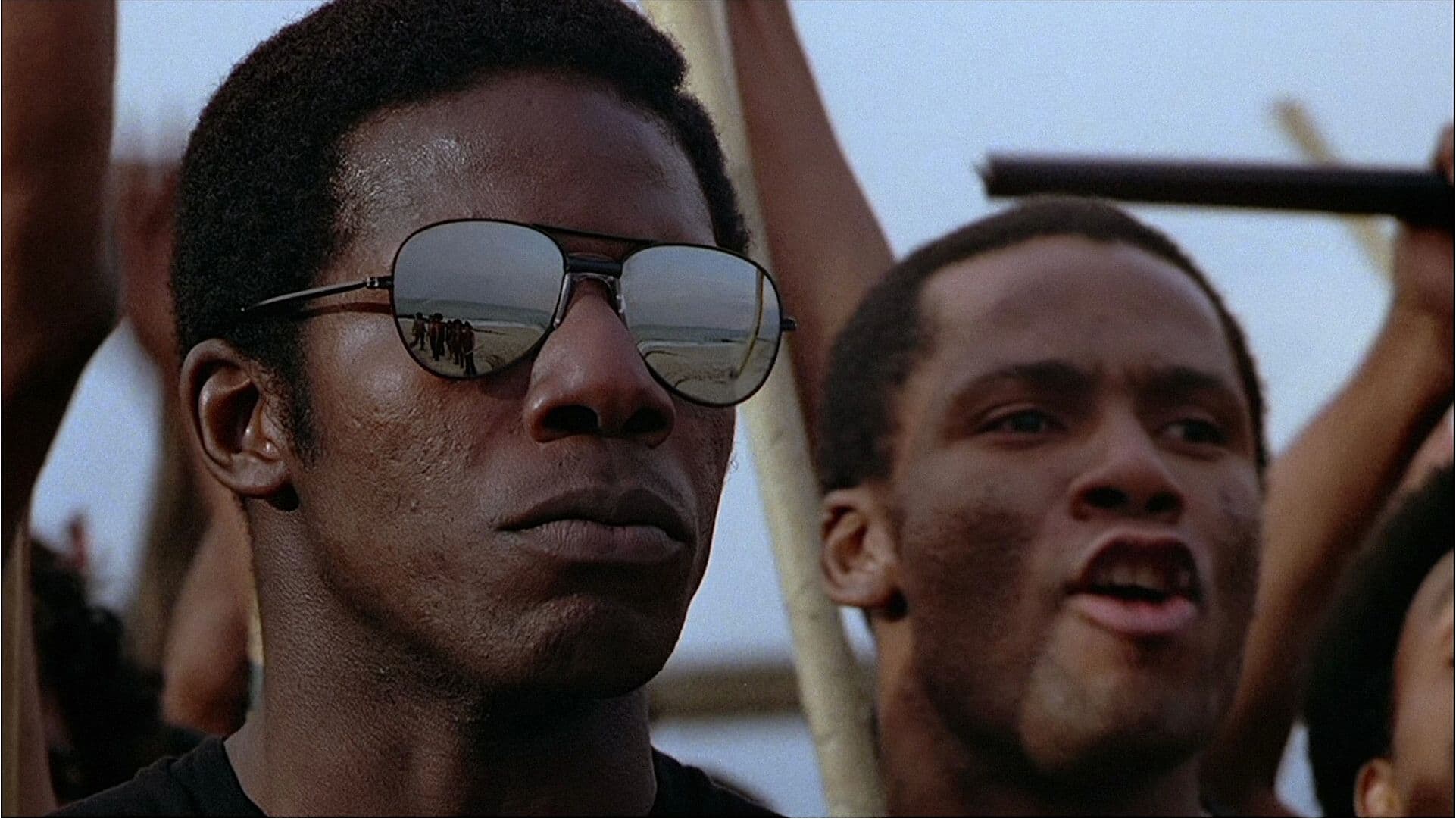


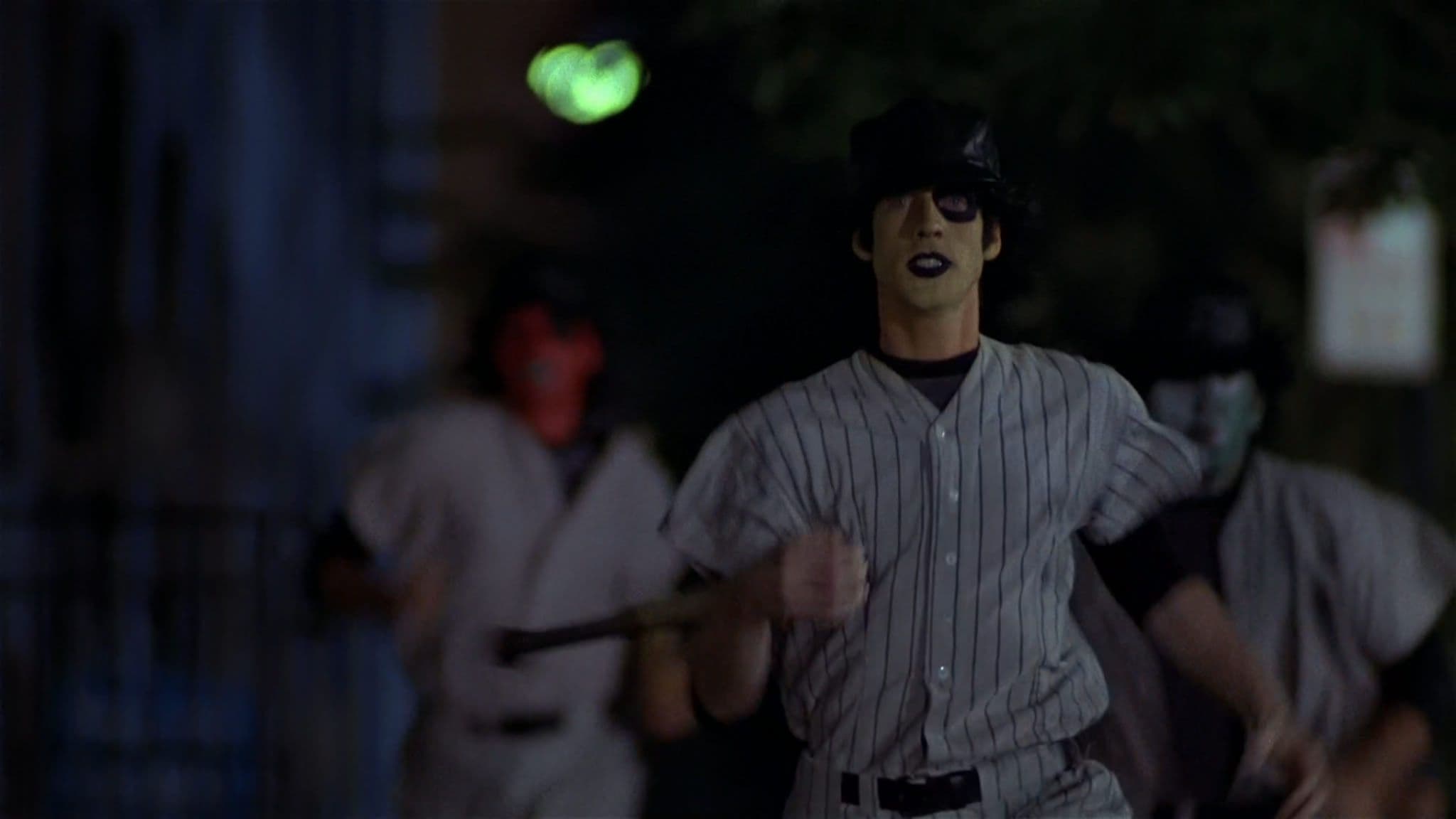

Featured Videos
Official Trailer
Comments
Loading comments...